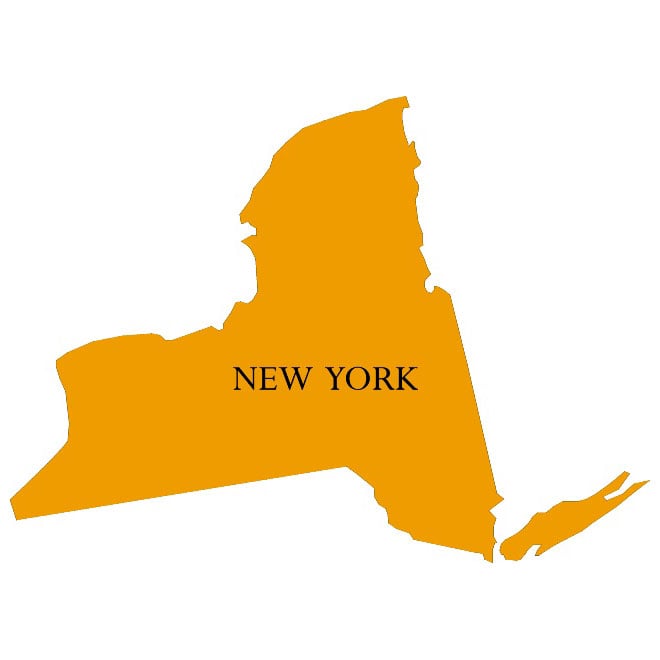Crimes on New York’s Native American Reservations
In New York, there are nine Native American reservations located throughout the state. While located in within the boundary of the state, the land is governed by the tribal nation’s own government. Yet jurisdiction to prosecute crime isn’t so cut and dried when the offense occurs on tribal lands in New York. So what does happen when a crime occurs on tribal lands?
Jurisdiction to Prosecute Crimes on Reservations
Depending on the specific circumstances, crimes on New York’s reservations can be prosecuted by either federal, state, or tribal authorities. For many of the offenses occurring on the lands and the accused is a tribal member, the tribal court and tribal authorities will have jurisdiction.
Where the crime is a serious or violent offense, federal agencies and courts usually have jurisdiction to investigate and prosecute. For such jurisdiction, three conditions must be met:
- The investigation is for a specified criminal offense (such as crimes listed in the Major Crimes Act or the General Crimes Act)
- The offense must have occurred on a reservation
- The accused, the complaining witness, or both must be a tribal member
In other cases, New York state authorities and courts can have jurisdiction. This generally occurs when crimes are committed by non-tribal members. In cases where the offense is punishable by state law, jurisdiction generally is with the state authorities.
Concurrent Jurisdiction on Reservations
In some circumstances, there is concurrent jurisdiction. This means that more than one court has the ability to hear and adjudicate the same case. In New York, this means both the tribal authorities and either the state or federal authorities may be able to prosecute the offense.
Pursuant to Public Law 280, the state of New York has jurisdiction to adjudicate some offenses committed by or against tribal members on reservations within the state. If an offense is a serious or violent crime, investigation and prosecution would likely still fall under federal jurisdiction. Then, in 2022, the United States Supreme Court decided the case of Castro-Huerta v. Oklahoma. In its decision, the Supreme Court decided that the federal government and the states have concurrent jurisdiction to adjudicate cases against non-tribal members who commit offenses against tribal members on reservations.
Note that Public Law 280 is controversial, and many disagree with it. In essence, the law is seen as a challenge to tribal sovereignty and self-governance. Similarly, the holding in Castro-Huerta v. Oklahoma has also been frowned upon by many in tribal nations, and it conflicts with Public Law 280. Because of concurrent jurisdiction, it can cause confusion on who individuals should when there’s emergency. Moreover, agencies may attempt to shift responsibility as a cost-saving measure. In the end, it is the tribal members and victims of crimes who suffer from such confusion.
Missing and Murdered Indigenous People
Because of these issues with jurisdiction on reservations, there are often not enough resources and efforts put into prosecuting and investigating crimes against tribal members. This disproportionately impacts Native American women and girls, who go missing or are murdered at a disturbingly high rate in the United States. In 2023, there were more than 5,800 indigenous women and girls reported missing.
Indeed, a 2016 study found that more than four in five Native American women (84.3 percent) have experienced violence in their lifetime. Additionally, more than half of indigenous women have experienced sexual violence, and nearly have have experienced contact sexual violence, physical violence, and/or stalking by an intimate partner in their lifetime, according to the National Intimate Partner and Sexual Violence Survey.
References:
- New York State Education Department, Indigenous Education: Tribal Nations of New York State; available at: https://www.nysed.gov/indigenous-education/tribal-nations-new-york-state (last accessed Apr. 28, 2025).
- Federal Bureau of Investigation, What We Investigate: Indian Country Crime; available at: https://www.fbi.gov/investigate/violent-crime/indian-country-crime (last accessed Apr. 28, 2025).
Image: Image by Vectorportal.com, CC BY 4.0

